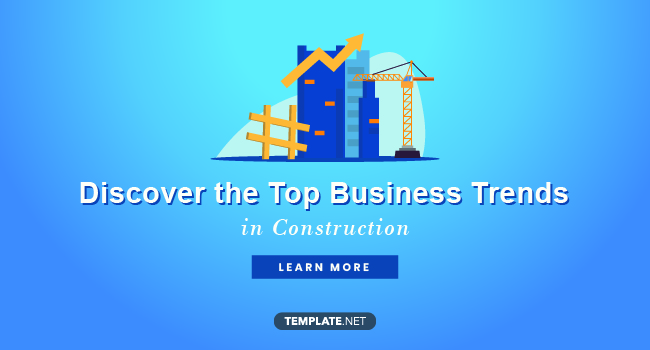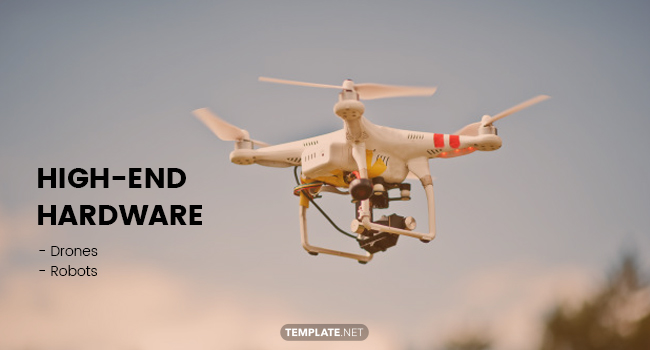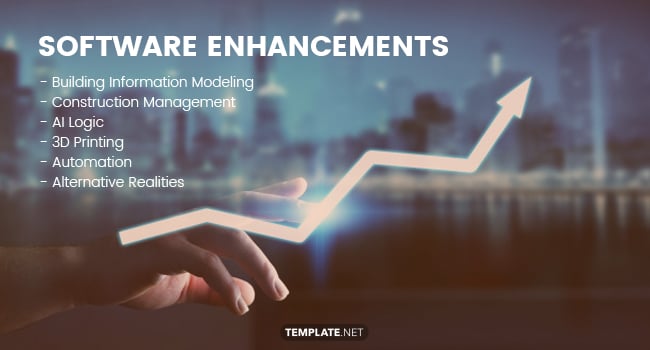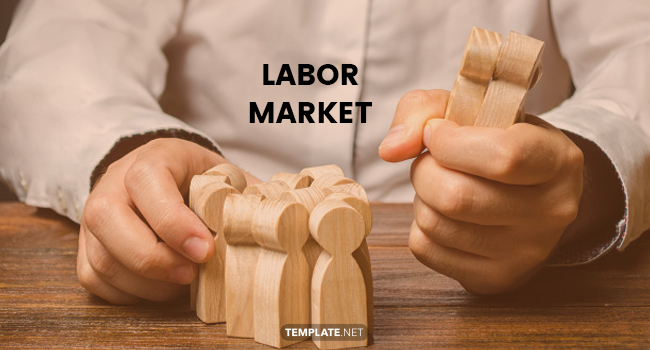Top 10 Construction Business Trends
“You cannot step on the same river twice,” says Greek Philosopher Heraclitus. Although this may sound absurd, you may want to spare a little more time to think, and you can appreciate the idea of the change being proposed. The construction industry has constants, but many changes occur over the years. However, you can actually step on the same construction trend twice. Although you can choose to relive the old ways, amid the competitive market, you have no choice but to adapt. Thus, your industry has to change and tread on new waters.

Top 10 Construction Business Trends
Tech Race

Every business is running the tech race, as technology’s importance is undeniable. Even those firms that are starting a construction business are also allocating a significant portion of their resources to technology. Resources can be for the acquisition of the latest equipment or development of new procedures.
High-End Hardware

Hardware is one of the common forms of technology that most people see. Your industrial machines are one of those that do the heavy lifting. However, the devices expanded their uses from brute strength to extension of the senses. Below are samples of high-end hardware.
Drones
Drones are useful during the pre-construction phase as they act as surveyors. Attaching these devices with the appropriate sensors and cameras, they can quickly scan the perimeters for detecting irregularities in the site. And with thermal technology, they can also help in monitoring heat signals. Moreover, you can now skip the actual floor walks through piloting a drone to do the inspections.
Robots
Extension to human limbs is essential as the need for physical strength is a staple in the actual building process. Your robotic arms and lifts are the current counterparts to wooden levers and manually operated lifts. Enhancing these robots with automated visual capacities can remove the need for manual operations, which can save labor costs.
Software Enhancements

Today’s industry can never be without construction software because computer programs are helpful with managerial tasks. The current bidding process even became more efficient through bidding websites. Do remember that it is not all brute strength in the industry. A working mind and an extension of it through the digital world is also critical.
Building Information Modeling (BIM)
Although a pen and paper for a designer is a classic, today’s design planners and makers rely on building information modeling. A brief and substantial tutorial for software usage is vital in getting a grip on this tech feat. Plus, 3D modeling and quick fixes to the design is convenient through a mouse click or variable changes.
Construction Management
Blueprints are not the only layouts around the industry. You still have business plans that are crucial for the management of the entire business. There are crucial pre-construction phases, such as estimating equipment cost and labor costs. More so, the managerial tasks extend to the actual building site, such as project tracking. Plus, the accounting desk is dealing with expense tracking. Again, the main office is busy overseeing the entire process through the help of construction management software.
AI Logic
Your software still has a long way to go. The present AI technology is still heavily dependent on human inputs as it is still learning to execute basic physical and calculative tasks. However, with many innovative technologists stretching the limits of AI, they encountered machine learning wherein the machine by itself will learn. It can even learn the most effective way to do an activity in a short time compared to humanity’s long history o trial and errors. Imagine that the AI in the future will be left alone to help in the industry. Allowing the AI’s to create mistakes because they are efficient enough to do fast-paced troubleshooting.
3D Printing
Replace a dozen workers with a robot having an AI with construction materials, and you have a 3D printer. This new trend in printing is a revolution that can eliminate labor costs and wipe out a huge chunk of human error. With the appropriate software, inputting a design is all it takes before a mixture of its intricate parts will start erecting a building. Although the full extent of this tech right now is still excellent for creating models, waiting for the time for it to become fully operational on the field occupies the business owner’s mind.
Automation
With artificial technology, automation will become an inevitable future as it is a suitable substitute for human labor. Imagine a site having sensors and robotic machines supported by operational software. You only need a few mechanics, computer engineers, and an overseer to get things done. Talk about cutting costs and avoiding errors.
Alternative Realities
Most people use VR (virtual reality) for gaming, but other business-oriented people use it as a useful training tool. You can maximize this tech for immersing your workers in worst-case-scenarios to exhibit actual movement in doing safety practices. Also, you can even give your clients a tour of your proposals through AR (augmented reality). All you need to do is click and drag items through your touchpad.
Sustainability

Growing concerns for environmental destruction and social wellbeing has been the thrust for the industry’s shift towards sustainability. The impeccable fact of scarce resources and adverse effects of climate change has led to the rethinking of construction business trends. Below are the following sustainability trends that industries are taking a step towards execution.
Circular Economy

Linearity creates waste and shuts the possibility of reusing, recycling, and reducing. That is why a circular economy is a perfect model for industries pursuing sustainability.
Waste Management
Steel and iron forgery, cement production, and other materials production create a lot of by-products that are hard for natural decomposition. Cement manufacturers usually receive a red flag for creating too many greenhouses gases. Other factories produce harmful chemicals that end up in bodies of water or vast open land. Some industries are looking for ways to lessen the waste’s adverse impacts either through mitigation or finding the use of waste to generate other products. The goal of the waste management effort is to reduce waste or eliminate waste by integrating them into a useful end product.
Revamps in Production Lines
Reverse logistics is an innovative move, as the supply chain is commonly linear. Significant changes to the production process need to include backflow as an integral part of the chain. Instead of the common end-users disposing of the products, having a system that collects and returns the materials for reprocessing prevents an overflowing landfill.
Green Movement

Construction materials come from nature’s provisions, and total usurpation of nature’s bounty will give undesirable consequences for everybody. A broken world will affect the industry, as well.
Resources and Environment Protection
Although industries help create a lot of positive changes for the world, the other side of the coin is equally looming. Construction businesses are now tying-up with legal and cause-oriented organizations towards the fulfillment of environment protection and sustainability. Getting raw construction materials means destroying huge chunks from the forests which affect water resources, ecological balance, animals, and even other people. That is why business trends include environmental responsibility as a creed to give time for nature to heal and also responsibly take part in her blessings.
Green Space Development
Tall, grey, and bland are the features of most structures. That is why Singapore’s airport proves to be a perfect example of greenery and modern engineering. Green space development is also allowing nature to integrate into the artificiality of the contemporary social landscape. You have rooftops and window areas draped with greeneries, which helps temperature moderation and allow more plant activities that can contribute to a healthier breathing atmosphere. More so, creating parks and protecting natural reserves are part of the green spaces which human engineering should integrate.
Long Term Infrastructures

Infrastructures need to last longer as destroying the old or creating new ones cost a lot of resources. Long term planning is crucial as the infrastructure should survive for a long time, and its use is still relevant in the distant future.
Infrastructure Investment
Long term goals are investment concerns, and the same should be for the construction business. Making buildings and presenting them to clients and the public should not be the only goal. Projecting the structure’s relevance in the future while fully maximizing its potential for the present must be in the eye of every engineer. What good are your megaliths when they are only for a short while?
People-Conscious

The industry is not without people. Human labor is still indispensable, and the future of automation is still a little bit far. With growing concerns for labor shortages while there is a growing demand for projects can lead the industry to a standstill. Mastery of how to go through with one of the most critical resources is critical. Moving people are directing them is a challenge; however, finding competent ones is also equally tiresome.
Labor Market

Under a tight budget and with the need for raw human force, getting around the labor market is crucial. You need the most competent staff for the preconstruction phase. Getting the best designers for design planning, finding people with strong leadership abilities buried beneath a pile of resumes, and gathering dozens of physically-abled people for grueling manual labor are nerve-wracking tasks. Not to mention, once you have all the people you need, creating a labor schedule to manage and maximize worker outputs effectively is also a tough job.
Do remember that your industry cannot exist without people. So know how to fare with labor laws and acceptable human standards in dealing with them. The world today is facing strikes, protests, and the hype of civil disobedience because of low wages and no benefits. Moreover, there is mass exploitation of cheap human labor from countries and people who are willing to sell cheap. As an industry in the face of this frontier, how will you address people’s problems making your company more humane compared to being merely a machine?
Welcome to the New Age

Technology is a significant contributor to the changes in the business. You have the emergence of software for computer simulation and design-making. Moreover, you have a mixture of programs and hardware to automate other tasks. Faster, better, stronger, and more, are the mantras for those who adapt to technological trends. Think about it! Your design planner before was sketching on paper. But now, he or she is playing with lines and figures on a screen. Imagine that your floor walks and site inspection does not need even walking. All you have to do is fly a drone and get everything done. Much has changed, and it needs to keep on changing for the better.
Business issues are also part of the trend. Although some are recurring themes of the past, others are the by-products of today’s progress. Business people are also on their heels not only to competitors but other factors that affect all players. The emergence of the climate crisis, labor issues, and rising costs drastically affect the business. A constant change to approaches is necessary to address these critical factors.
Is the construction business ready to tackle the issues, and adapt to the current tides? Will it continue to step on the same river twice, or move on to a new and better track? The gamble for change lies with daring entrepreneurs with their team of visionaries and willing actors. Will trends stay the same, or will new ones arise?
Keeping Up

Trends are the products of previous efforts and current results. As the world changes, so too do the trends. So with much vigilance and care, knowing the changes means learning to adapt to them. Moreover, as businesses get more competitive, the desire to stay afloat needs constant efforts. Technology, together with social and environmental conditions, helps shape the construction business’s playing field. Thus, the situation now is a blend of “kill or be killed” and staying relevant and responsive to the respective situation. A business will be business as long as it keeps up with the tide.
Care to step on the same river twice, or would you dare to search for the new and better?






